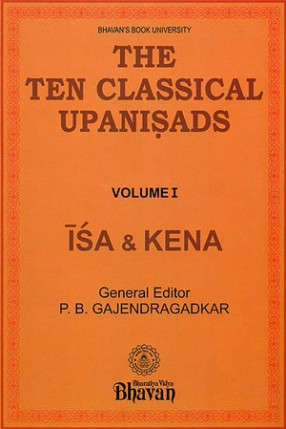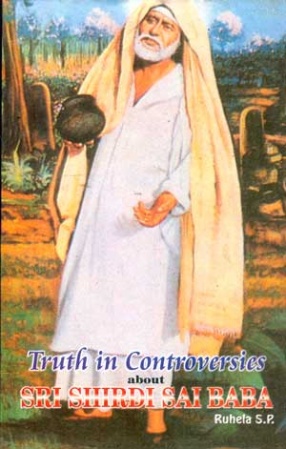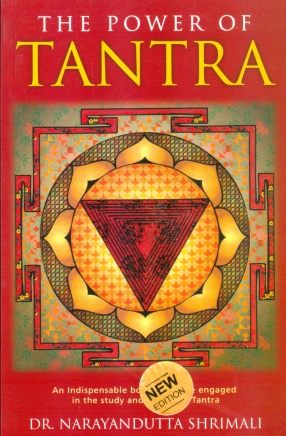The Ten Classical Upanisads (Isa & Kena)
Every age reads anew its classics, reinterpreting them to the changing needs of its people. In India where tradition has played a very prominent role, this reinterpretation has gone on with greater zeal and is more marked in the case of texts that have enjoyed unquestioned authority. The Upanisads belong to this category. They have been commented upon by many, not just in India and in the language in which they were written but by oriental scholars from all over the world and in diverse languages. A new situation confronts India today. Those who can read the original Sanskrit text and the Sanskrit commentaries are few and many of them are cut off from the contemporary trends and developments, knowledge of which can come through a window language other than Sanskrit. It has been the cherished objective of the Bhavan to let those who can speak in this contemporaneous idiom speak to the modern generation of hte ancient task Dr. P. B. Gajendragadkar, the General Editor and Chairman of the Bhavan's new project, has set before himself. Hailing as he does from a family of erudite Sanskrit scholars, Dr. Gajendragadkar has in him the blend of twin qualities that have enabled him to perform this task: of getting at the cost of the Upanisadic thought and interpreting it to his fellowmen in contemporaneous idiom. No better instance can be given of his competence for this task than his historic pronouncements on Hinduism found in the Introduction contributed by him for this, the first volume of the Series. It is hardly necessary to add that Dr. Gajendragadkar has to his credit several works on Constitutional Law and Social Justice as well as Hindu law. His published works include Law and Social Justice and Indian Parliament and Fundamental Rights. He is the Editor of Mookerjee's Hindu Law and Religious and Charitable Trusts. He began his authorship by critically editing the Dattaka Mimanmsa by translating and commenting on it. Dattaka Mimamsa is the main document of which the original Hindu Law is based. Them followed several works. He has also delivered several memorial lectures. Dr. Gajendragadkar was the Chief Justice of India, Vice-Chancellor of the University of Bombay, the first Chancellor of the Gandhigram Rural Institute, Madurai, and Chairman of the Law Commission, Government of India. He also beaded several other Commissions set up by the union Government. The Ten Classical Upanisads provide the reader with a text is accurate and a translation that is set in the context of the commentaries of the renowned Acaryas, together with an appraisal of them and the comments of the General Editor, particularly in the light of the requirements of the contemporary community and the progressive future of the world. The comments of the General Editor are followed by the Bhasyas of the Upanisads by the four Acaryas – Sankara, Ramanuja, Madhva and Vallabha – rendered into English by a team of scholars, so that in one place the reader would find the views of the four Acaryas and the General Editor's own views. This is the special feature of this project. The quintessential wisdom of the Upanisads cannot but invite a richness of comment and this is amply borne out by the commentaries presented here. The first volume deals with two of the shorter but profound Upanisads, the Isa and the Kena, which in their small compass have enunciated almost all that has to be said in the enunciated almost all that has to be said in the sphere of Adhyatma vidya. That even among the Upanisads, the Isa has fascinated and continues to fascinate scholars cannot be gainsaid. The Upanisads were the solace of Schopenhauer and they will continue to be the Solace of all who go to them
Get it now and save 10%
BECOME A MEMBER







Bibliographic information